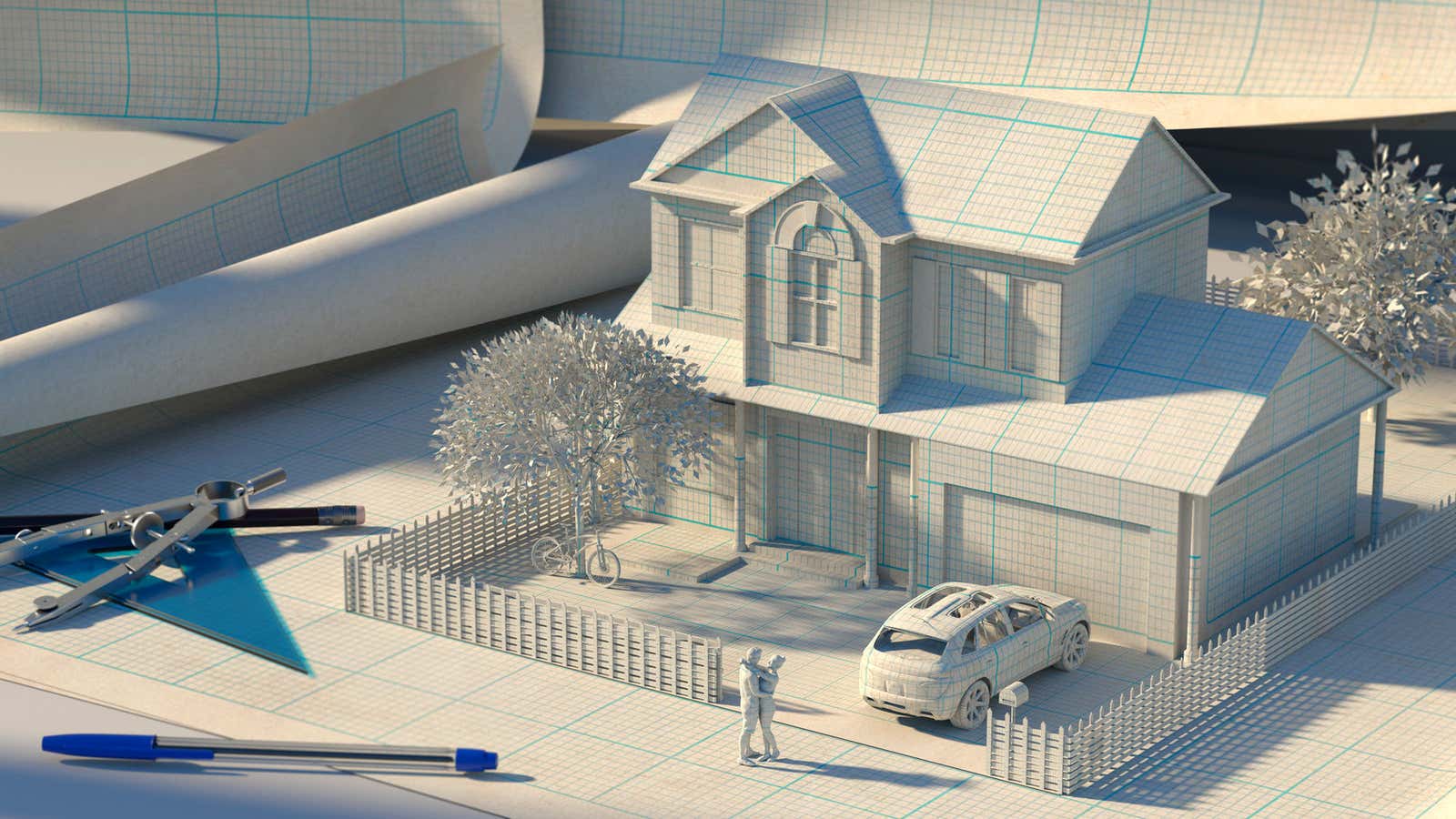In the middle of the 20th century, a war waged for the soul of New York City’s urban plan. On one side was Robert Moses, a towering political figure who imagined a car-focused city criss-crossed by massive highways. On the other side was Jane Jacobs, a journalist who saw small, pedestrian-friendly streets as essential to the health of the city.
There was no clear winner, though if you look at the traffic snaking around Manhattan on a daily basis you’d be inclined to say that Moses came out on top. Either way, neither Moses or Jacobs had access to city data that can reveal complex patterns and relationships, or the simulation tools to predict the impact of ambitious infrastructure projects on the lives of residents. Today, this is rapidly changing. In our increasingly urban future, emerging technology will have a profound impact on how cities are built and how their residents live.
A data-driven urban future
By the year 2050, 66% of the world’s population will live in urban areas, with the highest concentration—around 2.5 billion people— living in China and Africa. Swelling urban populations will put increased strain on infrastructure such as public transportation and sewage systems, which means that data-driven solutions will be central to making city operations more efficient and effective. The next generation of city planners will need to be as comfortable using advanced simulation algorithms as it is with design.
“City planning consists, first of all, of insight—and insight is collecting and analyzing data so you know how things are in the world today,” said Kent Larson, director of the City Science group at the MIT Media Lab. Larson was an architect for more than 15 years before he started to research the intersection of design and city operations. Today, he’s also lead instructor for MIT’s Beyond Smart Cities, an online short course where participants can learn about how data is set to take urban planning into a new era.
Forecasting the future of urbanism is a central component of the MIT course. Larson believes that, while data will play a key role in the design of tomorrow’s cities, data collection is only the first step. That data also has to be integrated into new systems that can predict the impact of interventions and those that give communities the chance to vote on what measures are implemented. CityScope, a data-driven city planning tool developed at MIT, is one example of the kind of tool that will be increasingly key in the future.
The development of simulation models and other tools that can predict the impact of proposed interventions will be a key driver of the future of urban planning, according to Larson. “And to build those tools you need to begin with a fine-grained analysis of data,” he said.
An “anti-disciplinary” approach to city planning
Larson knows that data alone isn’t enough, however. He puts today’s perspectives to city planning into three buckets: policy-driven, technology-driven, and design-driven. Policy-focused planners believe that people respond best to incentives and the levers available to government, while technocrats believe that every issue can be solved through superior engineering. The design-oriented crowd thinks that behavior can be influenced through changes to the environment.
All three outlooks have valid perspectives on how cities should properly function, but they also each have their blind spots. Larson sees courses such as Beyond Smart Cities as merging these different perspectives so that they accentuate and build on each other. This “anti-disciplinary” approach, as he calls it, will be the future of smarter, more effective city planning. “Multidisciplinary involves getting people in different disciplines to work together,” he said. “We need to actually break the barriers between disciplines, because that’s where the magic happens.”
Bringing those concentrations together will create cities that aren’t just smart, but also more equal, accessible, and efficient. Urban planners that can fuse the spirit of Jacobs’s ideal with cutting-edge toolkits will be able to create more resilient communities with the ability to respond dynamically to rapidly changing social, technological, and economic challenges we will face in the future.
Courses like Beyond Smart Cities will be key to helping people explore the new ideas and perspectives that will shape how people live in the future. “Urban planners are now using obsolete tools that were developed in the middle of the last Century”, said Larson. “Cities are the future. Developing a new model for creating cities that makes use of emerging technology is a societal imperative, necessary to address the great challenges of our era, from equity to climate change.”
